If there’s one ingredient that bridges cultures, enhances every dish it touches, and offers incredible health benefits—it’s garlic. From sizzling pans of garlic butter shrimp to the comforting aroma of roasted garlic bread, this tiny bulb is an essential part of the American kitchen and a global culinary icon.
In this in-depth guide, we’ll explore everything about garlic—its history, varieties, culinary uses, and the incredible science-backed health benefits that make it a true superfood. Whether you’re a passionate home cook or someone exploring healthier eating, garlic deserves a prime spot in your pantry.
What Is Garlic?
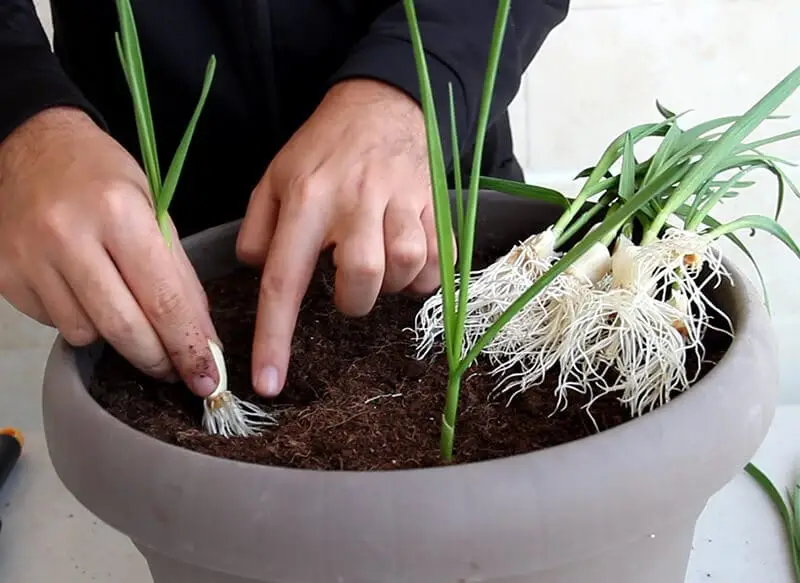
Garlic (Allium sativum) is a bulbous plant belonging to the onion family (Alliaceae), which also includes shallots, leeks, and chives. It’s composed of multiple cloves wrapped in thin, papery layers. Each clove carries the bold aroma and flavor that garlic is famous for.
Garlic’s flavor profile ranges from sharp and pungent when raw to sweet, nutty, and mellow when roasted. This versatility makes it a favorite ingredient across cuisines—from American comfort foods to Mediterranean, Asian, and Latin American dishes.
Pro Tip: Fresh garlic gives the best flavor, but roasted or sautéed garlic creates a milder, caramelized taste that enhances soups, sauces, and marinades.
A Brief History of Garlic
Garlic has been used for over 5,000 years for both food and medicine. Ancient Egyptians, Greeks, and Romans valued it as a source of strength and vitality. It was even given to workers who built the Pyramids for endurance.
By the time garlic reached the United States, it became a cornerstone of modern American cuisine, appearing in everything from spaghetti sauces and garlic mashed potatoes to BBQ marinades and salad dressings.
Today, California’s Gilroy region is known as the “Garlic Capital of the World”, celebrating this aromatic ingredient with an annual Garlic Festival that attracts thousands of garlic enthusiasts.
Nutritional Profile of Garlic
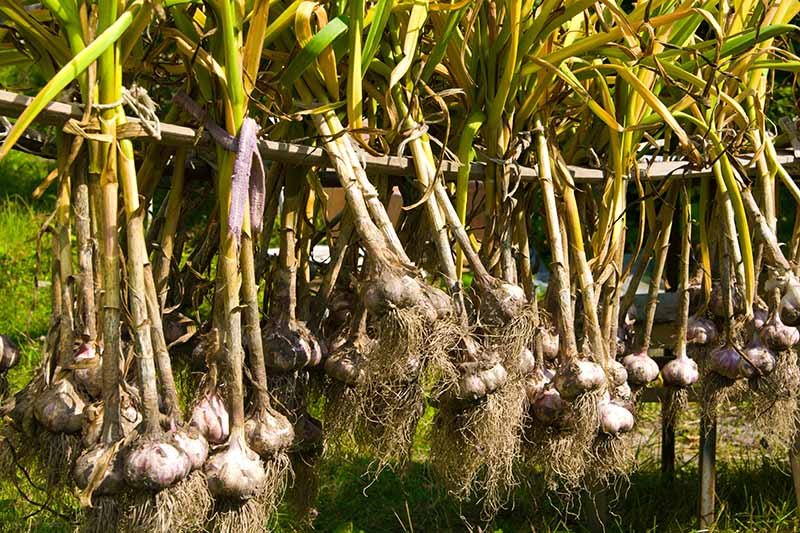
Garlic may be small, but it’s nutritionally dense. A single clove contains key nutrients that support overall wellness.
Per 3 grams (one clove), garlic provides:
- Calories: 4.5
- Protein: 0.2 g
- Carbohydrates: 1 g
- Fiber: 0.1 g
- Vitamin C: 2% DV
- Vitamin B6: 2% DV
- Manganese: 3% DV
- Trace amounts of selenium, calcium, and potassium
The true power of garlic lies in its bioactive compounds, especially allicin—the sulfur-based compound responsible for its characteristic aroma and health-promoting properties.
Top Health Benefits of Garlic
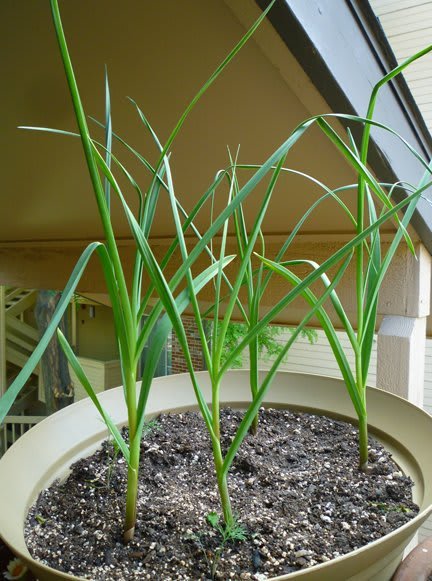
Garlic has long been praised for its medicinal uses—and modern research supports these claims. Let’s break down the top scientifically backed benefits:
1. Boosts Immunity
Garlic helps your body ward off infections. Studies show that regular garlic consumption can reduce the severity and duration of common colds and flu thanks to its antiviral and antibacterial properties.
2. Promotes Heart Health
Garlic is a natural heart protector. It helps lower bad LDL cholesterol, raises good HDL cholesterol, and supports healthy blood pressure levels. Allicin helps relax blood vessels, improving overall circulation.
3. Fights Inflammation
Garlic’s antioxidants combat oxidative stress, which is linked to chronic inflammation and aging. This makes it a valuable addition for people with arthritis, diabetes, or inflammatory conditions.
4. Supports Blood Sugar Control
Research shows garlic may help balance blood sugar levels by improving insulin sensitivity, making it beneficial for those managing diabetes.
5. May Have Cancer-Fighting Properties
Garlic’s sulfur compounds can help prevent DNA damage and slow the growth of cancer cells, especially in the stomach, colon, and prostate.
6. Improves Brain Health
Antioxidants in garlic may protect brain cells from aging and oxidative damage, potentially lowering the risk of Alzheimer’s and dementia.
7. Supports Gut Health
Garlic acts as a natural prebiotic, feeding good gut bacteria and promoting digestion.
Pro Tip: To maximize allicin, chop or crush garlic and let it sit for 5–10 minutes before cooking. Heat can destroy allicin, so letting it rest helps activate this beneficial compound.
Culinary Uses: How to Cook with Garlic
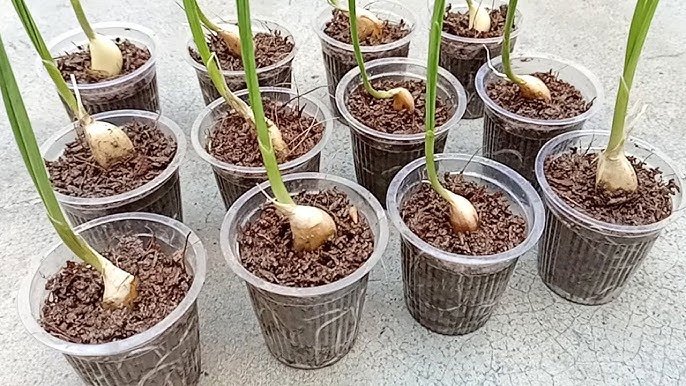
Garlic can be enjoyed raw, sautéed, roasted, or even fermented. Each method brings out unique flavors and textures.
1. Raw Garlic
- Sharp, spicy, and potent.
- Best for salad dressings, dips, or salsas.
- Use sparingly for strong flavor.
2. Sautéed Garlic
- Golden, aromatic, and sweet.
- Perfect base for sauces, soups, and stir-fries.
- Use olive oil or butter and low heat to prevent burning.
3. Roasted Garlic
- Soft, buttery, and mild.
- Spread on toast, mix into mashed potatoes, or add to pasta sauces.
- To roast: Cut off the top of a garlic bulb, drizzle with olive oil, wrap in foil, and roast at 400°F for 30–35 minutes.
4. Pickled or Fermented Garlic
- Mild and tangy, ideal for sandwiches and salads.
- Provides gut-friendly probiotics.
5. Garlic Powder or Granulated Garlic
- Convenient for dry rubs, spice blends, and seasoning meats.
- Lacks the complexity of fresh garlic but great for quick cooking.
Pro Tip: When cooking, add garlic toward the middle or end of cooking time—not the beginning—to avoid bitterness.
Popular American Dishes Featuring Garlic
Garlic plays a starring role in countless American favorites. Here are a few beloved recipes:
1. Garlic Mashed Potatoes
Creamy mashed potatoes infused with roasted or sautéed garlic offer a rich, comforting flavor perfect for any dinner table.
2. Garlic Butter Shrimp
Sauté shrimp in garlic butter, lemon juice, and parsley for a quick and luxurious dinner in under 15 minutes.
3. Garlic Bread
No American pasta night is complete without crispy, golden garlic bread. Mix butter, minced garlic, parsley, and Parmesan—spread on baguettes and toast to perfection.
4. Roasted Garlic Chicken
Whole chicken baked with garlic, rosemary, and olive oil—juicy, aromatic, and hearty—a family favorite.
5. Garlic and Herb Pasta
Toss spaghetti with garlic-infused olive oil, red pepper flakes, and parsley for a classic aglio e olio with an American twist.
Garlic Varieties You’ll Find in the U.S.
There are two main types of garlic available in America:
1. Softneck Garlic (Allium sativum var. sativum)
- Common in grocery stores.
- Milder flavor and longer shelf life.
- Used for braiding and bulk storage.
2. Hardneck Garlic (Allium sativum var. ophioscorodon)
- Popular among chefs and farmers’ markets.
- Bolder, more complex flavor.
- Produces scapes (garlic flower stalks) that are edible and flavorful.
Pro Tip: Use softneck garlic for everyday cooking and hardneck varieties when you want deeper, gourmet flavor.
Storing Garlic the Right Way
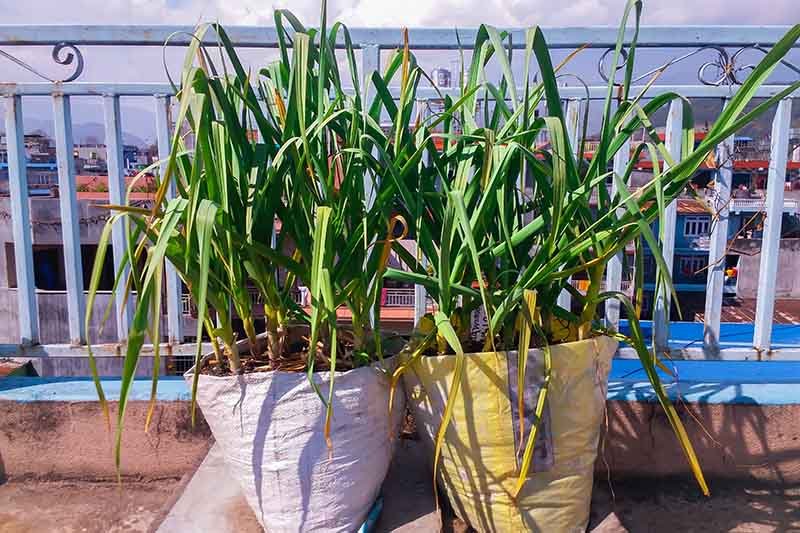
Proper storage keeps garlic flavorful and fresh for months.
- Whole Bulbs: Store in a cool, dry, and well-ventilated space (like a pantry). Avoid the fridge—it causes sprouting.
- Peeled Cloves: Keep in a sealed container in the refrigerator for up to 1 week.
- Chopped or Minced Garlic: Use within a few days or freeze in olive oil cubes for long-term use.
- Roasted Garlic: Store in the refrigerator and use within 5 days.
Pro Tip: Never store garlic in oil at room temperature—it can cause bacterial growth. Always refrigerate or freeze.
Garlic in American Culture
Garlic has grown from a humble kitchen ingredient to a cultural symbol of flavor and wellness in the United States. The annual Gilroy Garlic Festival in California is one of the biggest food events in the country, featuring garlic ice cream, garlic fries, and even garlic beer!
From Italian-American spaghetti sauces to Louisiana Cajun gumbo, garlic has become part of the American culinary identity—celebrated for its ability to elevate food and promote health.
Fun Facts About Garlic
- One bulb of garlic can contain 10–20 individual cloves.
- Crushing garlic activates allicin, the compound responsible for its powerful health effects.
- Ancient athletes in Greece ate garlic before competitions to enhance stamina.
- In medieval Europe, garlic was believed to ward off evil spirits—and even vampires!
- Americans consume over 2 pounds of garlic per person annually.
Why Garlic Belongs in Every American Kitchen
Whether you’re making classic comfort food or trying to eat healthier, garlic deserves to be your go-to ingredient. It’s inexpensive, easy to use, and offers an unbeatable combination of flavor and nutrition.
Here’s why:
- Adds depth and aroma to every dish.
- Supports heart, brain, and immune health.
- Naturally boosts flavor without heavy sauces or salt.
- Fits into almost any diet—vegan, keto, paleo, or Mediterranean.
Pro Tip: Always keep fresh garlic, garlic powder, and roasted garlic on hand—so you can elevate any meal instantly.
Conclusion: Small Bulb, Big Impact
Garlic is more than a seasoning—it’s a flavor powerhouse and a natural medicine chest rolled into one. Its bold taste transforms meals, while its rich nutrients and antioxidants support lifelong health.
Whether it’s roasted, sautéed, or raw, garlic brings warmth, aroma, and a touch of magic to every dish. From the humble home kitchen to Michelin-starred restaurants, garlic remains one of the most loved and essential ingredients in the American diet.
So next time you reach for this golden bulb, remember—you’re not just cooking; you’re carrying forward a tradition of flavor, health, and heritage that’s been celebrated for centuries.
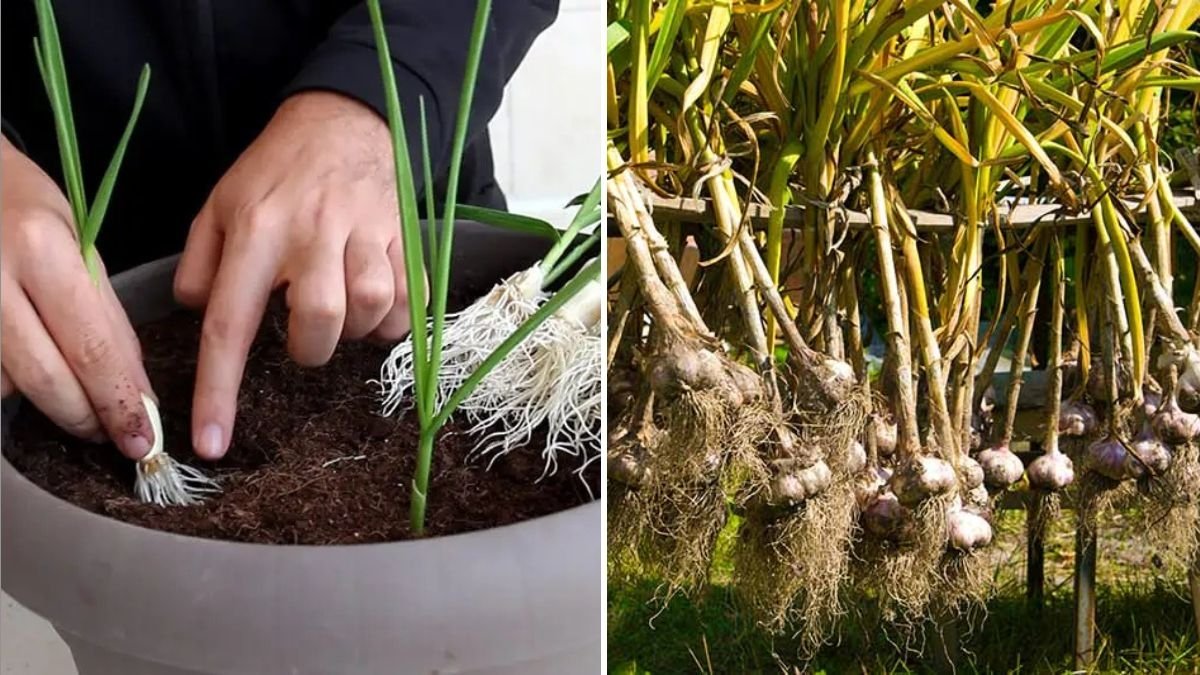





Leave A Comment